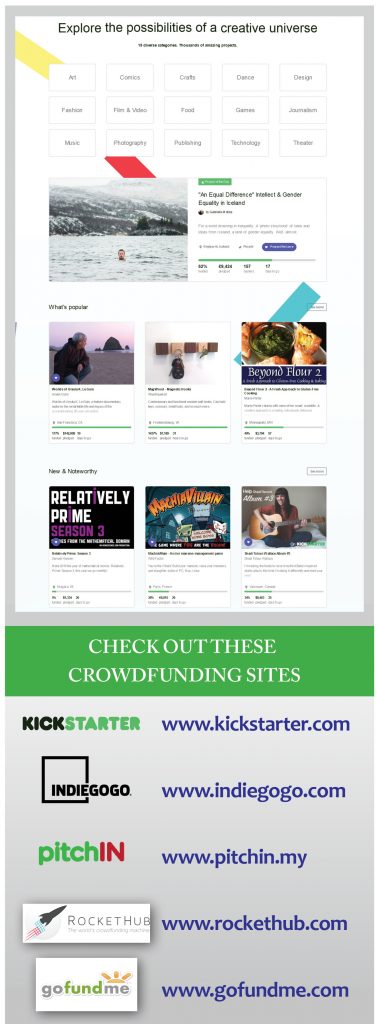Crowdfunding allows anyone to solicit funds and investors be it for a product, a cause, or anything in between, but what you see may not necessarily be what you get…
 While the idea of crowdfunding isn’t exactly new, only recently has it become mainstream after several high-proile projects were successfully funded on crowdfunding websites. Within the last few years, projects such as the Android-powered Ouya game console, the Pebble smartwatch, and the Oculus Rift virtual reality headset have debuted.
While the idea of crowdfunding isn’t exactly new, only recently has it become mainstream after several high-proile projects were successfully funded on crowdfunding websites. Within the last few years, projects such as the Android-powered Ouya game console, the Pebble smartwatch, and the Oculus Rift virtual reality headset have debuted.
For the uninitiated, crowdfunding sites potentially allow any entrepreneur to solicit funding from anyone with an Internet connection, rather than going through the usual avenue of getting a bank loan. To encourage backers to invest more, crowdfunding sites offer tiered rewards: the more you give, the bigger the rewards you get. Rewards are usually goods or services, such as an early or limited edition version of the product or a meeting with the product creators. While the most popular crowdfunding sites follow this model, more niche crowdfunding platforms exist which cater to investors seeking a return on their investment as well as those with purely charitable concerns. Note that you’re not buying a product or a service in advance on a crowdfunding site, though it might seem like it. You’re essentially giving a donation in exchange for promised future rewards. Barring certain circumstances, this is usually non-refundable.
For every successful project that gets funded and reaches the market, there are a half a dozen others that fail, like the Zano drone, a palm-sized, smartphone controlled aerial photography drone whose manufacturer declared bankruptcy after raising a whopping £2.3 million in funding earlier this year. Backers were left out in the cold with no recourse for getting what they paid for, making this just one of dozens of other projects that have fallen by the wayside. The onus is on the backer – you – to determine if a project is worth funding. That means doing your homework, checking a project’s credentials and determining whether the project’s creators can pull it off before ponying up the cash.
With that in mind, crowdfunding sites are a thrilling way to get a pulse on the cutting edge of what’s trending culturally and technologically. While you don’t necessarily have to donate huge amounts – even a dollar will do – what matters is that you can make a difference by backing projects you believe in and influencing the outcome in a small yet significant manner.
Happy crowdfunding!
|
CROWDFUNDING TIPS! |
|
|
New to crowdfunding? Check out these tips to get started. |
|
| Do your Homework
Check the background of the project creators and of any previous projects. Proceed with caution if they don’t have a track record or if they have a history of failed projects. Understand the Rules Diferent crowdfunding sites have different rules concerning funding. Some, like Kickstarter, don’t take your pledge if the set funding total isn’t reached. |
Do they Communicate?
See how the project creator’s handle feedback and how often they post updates. If updates are infrequent or poorly done, this should ring alarm bells. Shipping Costs More If you’re pledging for a product, be prepared to pay more than your initial pledge as you have to factor in shipping to Malaysia and possible taxes from Customs. |
Source : SHOUT Q3 2015 , consumerinfo.my, Digital Life #CFMShout #CFMmalaysia #YourRightsOurPriority














